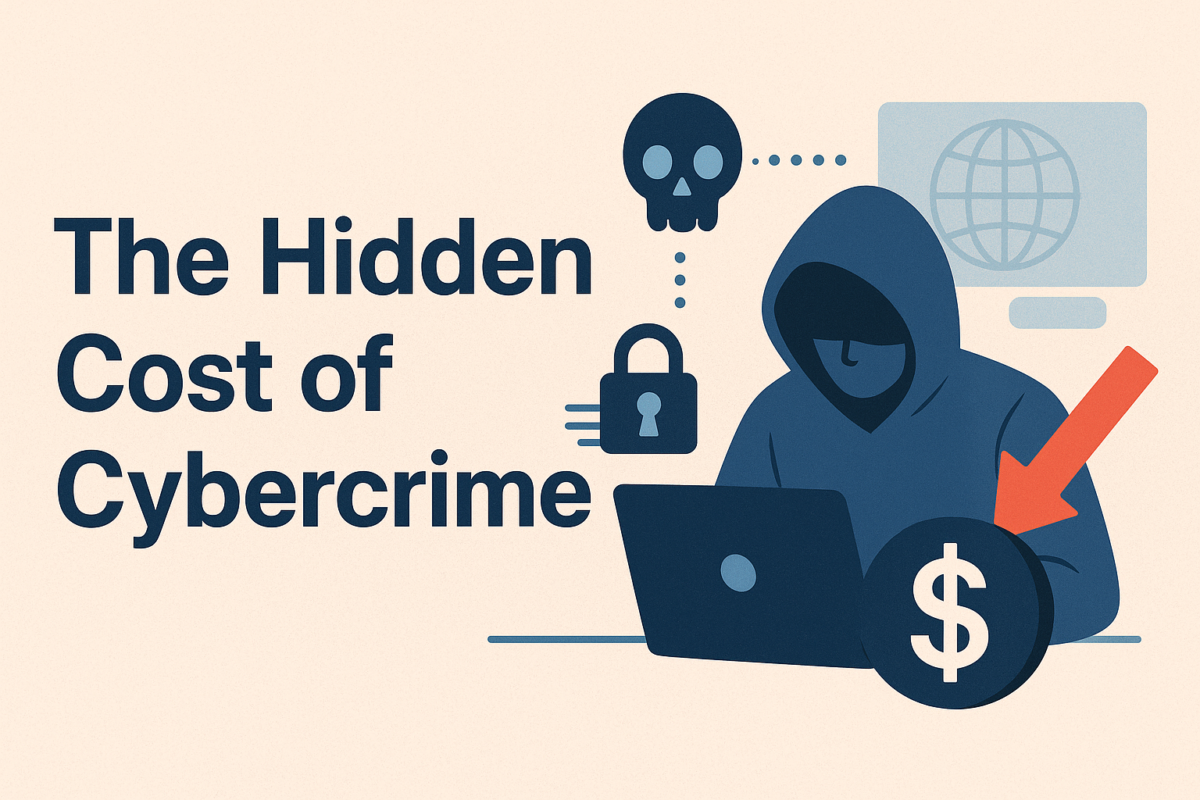The internet has democratized content creation, making it easier than ever to produce videos, articles, podcasts, and more. But there’s a hidden fragility in this system: the economics of content don’t scale linearly with production costs. In fact, a 50% reduction in the cost of content creation could drive 90–99% of creators to zero income — and here’s why.
The Economics of Online Revenue
Most online creators earn money through platforms like YouTube, TikTok, Instagram, Patreon, or Substack. But these platforms distribute revenue unevenly:
A small percentage of top creators capture the majority of ad revenue, subscriptions, and sponsorships.The long “tail” of smaller creators shares what remains — often just pennies per view or subscriber.
This distribution is roughly Pareto: 20% of creators take 80% of revenue, and in some cases, the imbalance is even sharper.
Lower Costs, Lower Barriers, and Crushing Competition
When content production costs drop by half, suddenly:
1. More people can create content — anyone with minimal equipment can enter the market.
2. Supply increases exponentially, but the revenue pie remains largely the same.
3. Average revenue per creator plummets, because audiences and ad dollars are finite.Even though content is cheaper to make, the oversupply means that most creators earn far less than before. The top 1–5% may continue to thrive due to brand, skill, or early adoption, but the vast majority face near-zero income.Why the Top SurviveHigh-performing creators survive because:They have established audiences who return consistently.
They benefit from network effects: more followers attract more followers.
They can monetize across multiple streams: ads, sponsorships, merchandise, memberships.
Meanwhile, new or smaller creators are lost in the flood of low-cost, high-volume content. No matter how good their work is, algorithm-driven platforms prioritize engagement and brand recognition, not effort per se.
Cheaper content creation might sound like a win — and for audiences, it is. But for creators trying to make a living, it’s a double-edged sword. Lower costs amplify competition, compress revenue, and make the already fragile tail of the creator economy even more precarious.
If you want to survive and thrive in this environment:
Focus on building unique audiences and direct relationships with fans.
Diversify revenue streams beyond platform ad revenue.
Treat content as a signal, not just supply — quality and brand become more important than volume.The internet may be open to all, but in the age of ultra-low production costs, only the creators who can stand out, diversify, and engage deeply will continue to earn a living.
